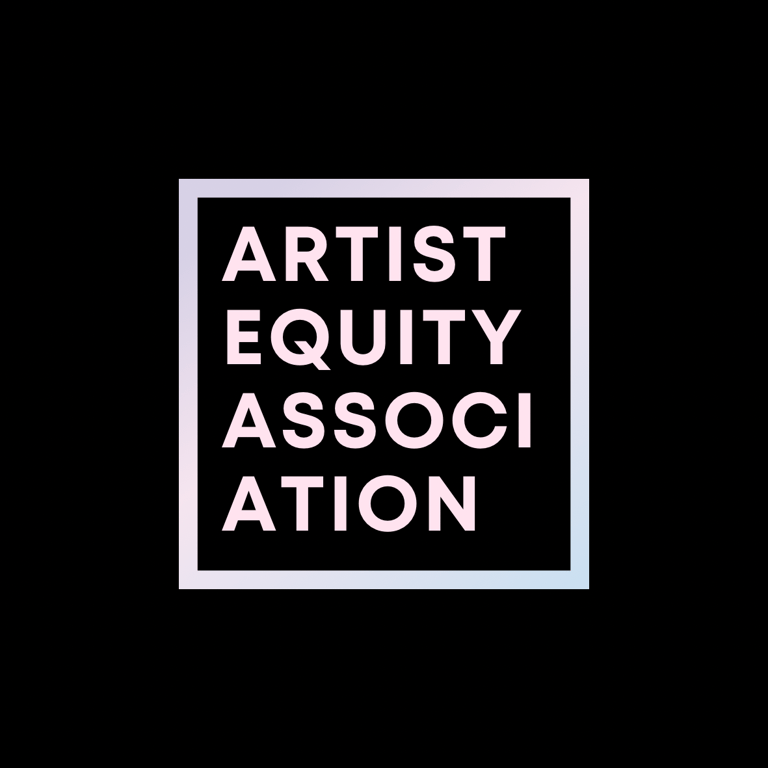Equitable Art Market Practices: Building a Fairer Future for Artists and Collectors
This blog post explores the need for equitable art market practices, focusing on ensuring fair compensation, representation, and access for artists, especially those from marginalized communities. By promoting transparency, diversity, and collaborative spaces, the art market can evolve into a more inclusive and supportive environment for all creators. Learn how we can collectively work toward a fairer, more vibrant art world.
Monica Fish
4/13/20243 min read


Equitable Art Market Practices: Building a Fairer Future for Artists and Collectors
In recent years, there has been growing awareness about the inequities that exist within the global art market. From unfair pricing structures to the lack of diversity in representation, these challenges have long affected both emerging and established artists, particularly those from marginalized communities. As the art world continues to evolve, it is essential that we work together to create equitable art market practices that support creativity, foster fair access, and provide opportunities for all artists to thrive.
What Are Equitable Art Market Practices?
Equitable art market practices focus on ensuring fairness and inclusivity throughout every step of the art market process. This means addressing longstanding disparities in pricing, representation, and access for artists, collectors, and art institutions. These practices involve the active dismantling of systemic barriers and creating a space where all artists, regardless of their background, have the opportunity to succeed.
Key Principles of Equitable Art Market Practices
Fair Compensation for Artists: Artists should be paid fairly for their work, not just in terms of the initial sale but also through secondary market sales (i.e., resales of their work). Artists should be recognized and financially supported for their intellectual property, and galleries, auction houses, and institutions should implement transparent pricing practices that reflect the true value of their art.
Diversity and Representation: A truly equitable art market embraces the diversity of artists, collectors, and institutions. Representation of underrepresented groups, including women, people of color, LGBTQIA+ individuals, and disabled artists, is key to fostering a more inclusive environment. Art market institutions should prioritize providing platforms and visibility to marginalized voices.
Access to Resources and Opportunities: Equitable art practices ensure that artists have access to the resources they need to succeed, whether it's funding for projects, mentorship, exposure to broader audiences, or the opportunity to exhibit their work. Providing these resources ensures that artists from all backgrounds can develop their careers and reach their full potential.
Collaborative Spaces and Community Support: Creating spaces where artists and collectors can connect, share ideas, and collaborate is crucial to building a healthy and sustainable art market. Community-driven initiatives can offer opportunities for emerging artists to gain visibility and support, making it easier for them to enter the art world.
Steps Toward an Equitable Art Market
Support Local and Independent Artists: Collectors and art institutions can help by purchasing directly from independent and emerging artists, supporting local exhibitions, and championing inclusive spaces that give voice to underrepresented communities.
Transparency in Art Valuation: Art institutions, galleries, and auction houses must be transparent in how they determine the pricing and value of artworks. This helps combat inflated pricing that often skews against artists who are not in the "mainstream" market.
Educational Programs and Mentorship: Educational initiatives aimed at helping underrepresented artists develop their skills in business, marketing, and networking are essential. Programs that promote mentorship and guidance from experienced professionals can make a huge difference in the development of a young artist's career.
Advocacy and Policy Change: Art organizations, institutions, and advocates should continue to push for policies that promote inclusivity, fair pricing, and transparent practices within the market. This advocacy extends to lobbying for public funding to support underrepresented artists and creating spaces for dialogue around these issues.
Why Does This Matter?
Adopting equitable practices within the art market isn't just about making the system fairer; it's about enriching the cultural landscape for everyone. When more diverse voices are heard, the art world becomes more vibrant, dynamic, and innovative. By implementing equitable practices, we can ensure that art continues to be a space where everyone has an equal opportunity to succeed and contribute.
Building a Fairer Future
Creating a more equitable art market requires effort and commitment from all stakeholders—artists, galleries, collectors, institutions, and advocates. By prioritizing fair compensation, diversity, access, and collaboration, we can reshape the art world into a more inclusive, dynamic, and supportive space for all artists. The future of the art market should reflect the diverse, multi-faceted society in which we live, providing opportunities and recognition to all those who create and appreciate art.
Artist Equity Association
Supporting artists in their professional growth journey.
Resources
Connect
© Artist Equity Association 2024. All rights reserved.
Membership Benefits
Member Curriculums & Courses
ADVOCACY
